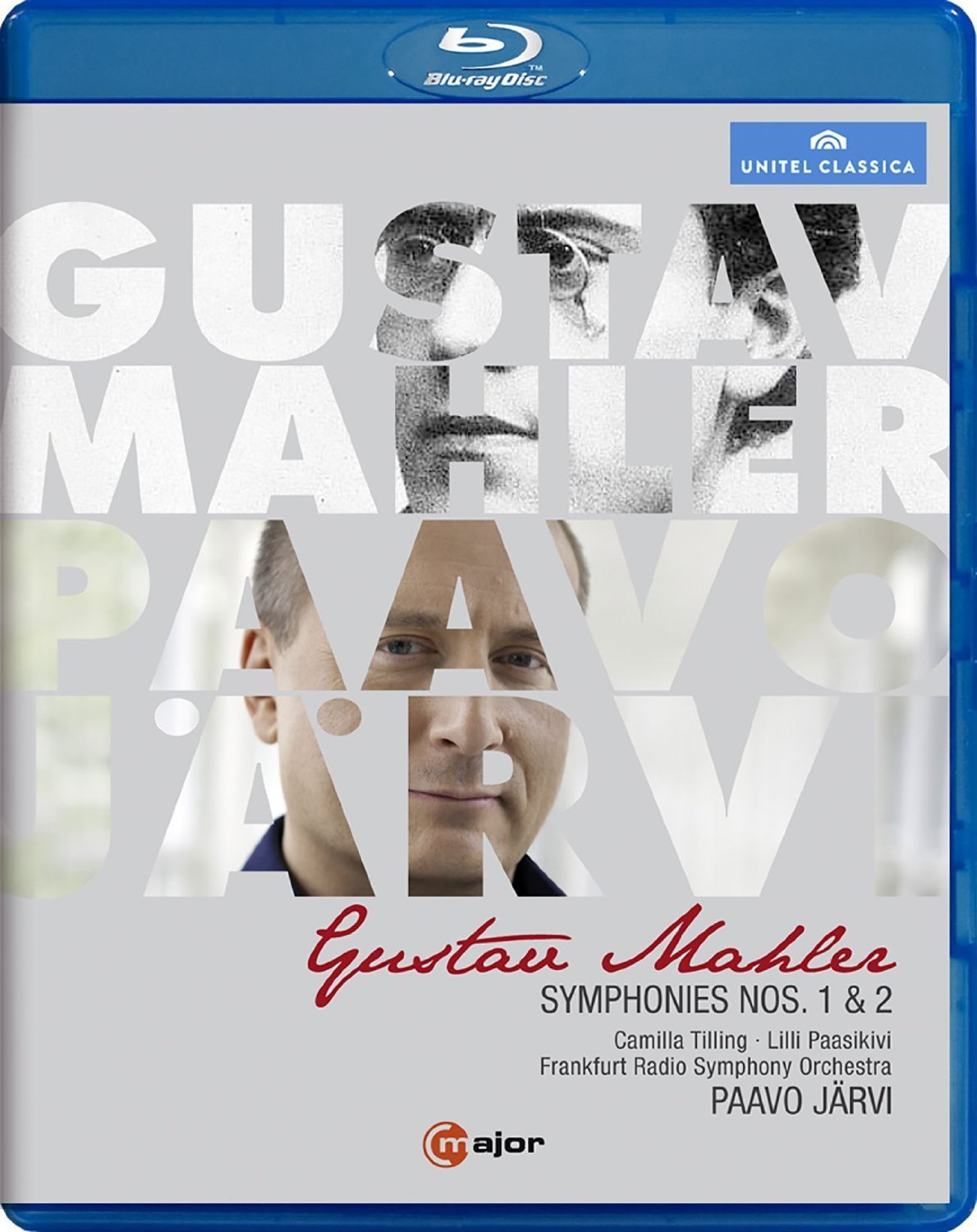
The operas of Haydn do not see many productions these days. One of them, Armida, has been mounted by an unusual troupe called Arcal, a national opera company that takes its stagings to small halls all around France. How could it make the magical detours of the story, not to mention its medieval religious sensibility, relevant to a modern audience? By shifting the action to our own time, director Mariame Clément has centered the story on a "war of ideals" involving an issue at the forefront of our society, marriage equality. Thierry Hillériteau has a report (Armida s'accorde à tous les genres, February 20) for Le Figaro (my translation):
Neither militancy nor demagoguery. Besides, Haydn's music, as sublime for Armida as for Renaud, never tends toward one camp or the other. It is rather a play on this question of gender common in opera, from Lully to Mozart. Strangely, this transposition that is at least opportunistic is revealed as effective: one soon forgets the context and enters into the story, that of two beings torn between duty and passion, faith and convictions. Above all, it offers the young singers a chance to give themselves over to a true dramatic conflict.
In the title role and in male dress, soprano Chantal Santon is without a doubt the principal revelation. More moving than terrifying, she reveals the beauty of a music as tragic as it is virtuosic and that does not merit the relative oblivion into which it has fallen. Juan Antonio Sanabria, with grand clarity of tone and conquering high notes, is no less deserving as a Rinaldo fallen pray to doubt. But it is especially in the pit that the saving resurrection of this Armida plays out, thanks to the limpid and incisive conducting of Julien Chauvin, first violin and cofounder of Le Cercle de l'Harmonie, who here strikes out on his own with his ensemble, Le Concert de la Loge Olympique.
The company takes this production next to Clermont-Ferrand (February 25 and 27), Cergy-Pontoise (March 5 and 7), and Niort (March 10).






































































